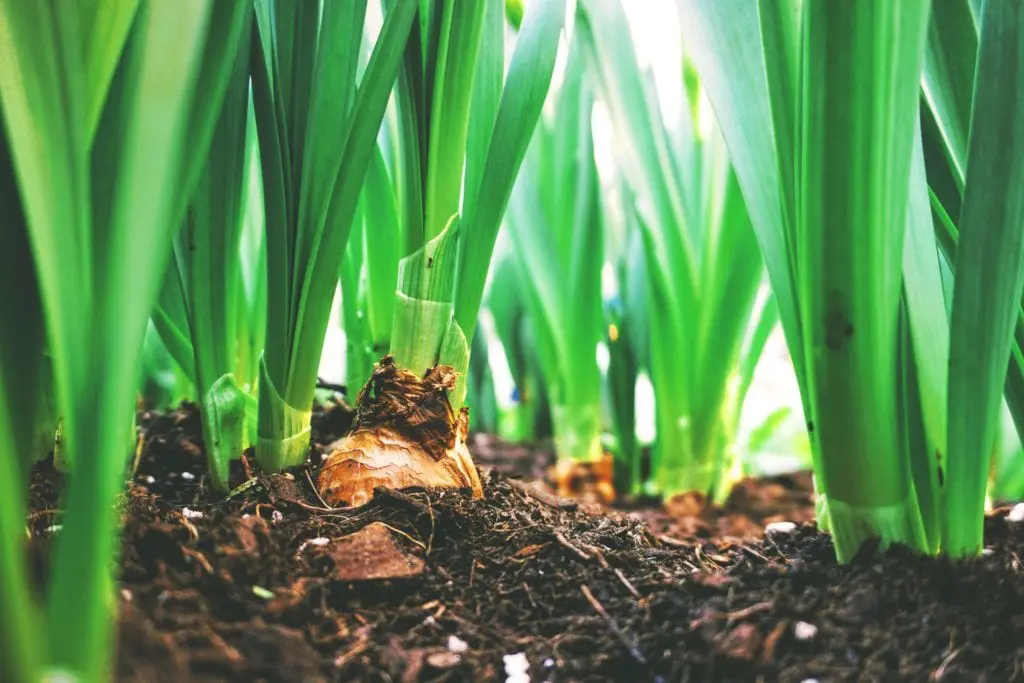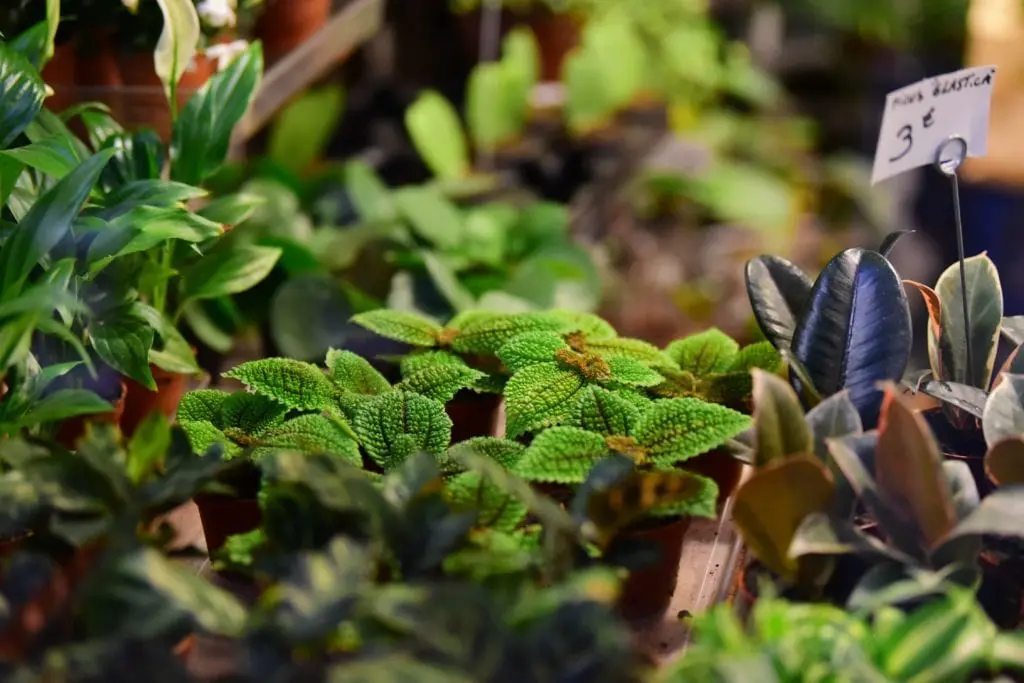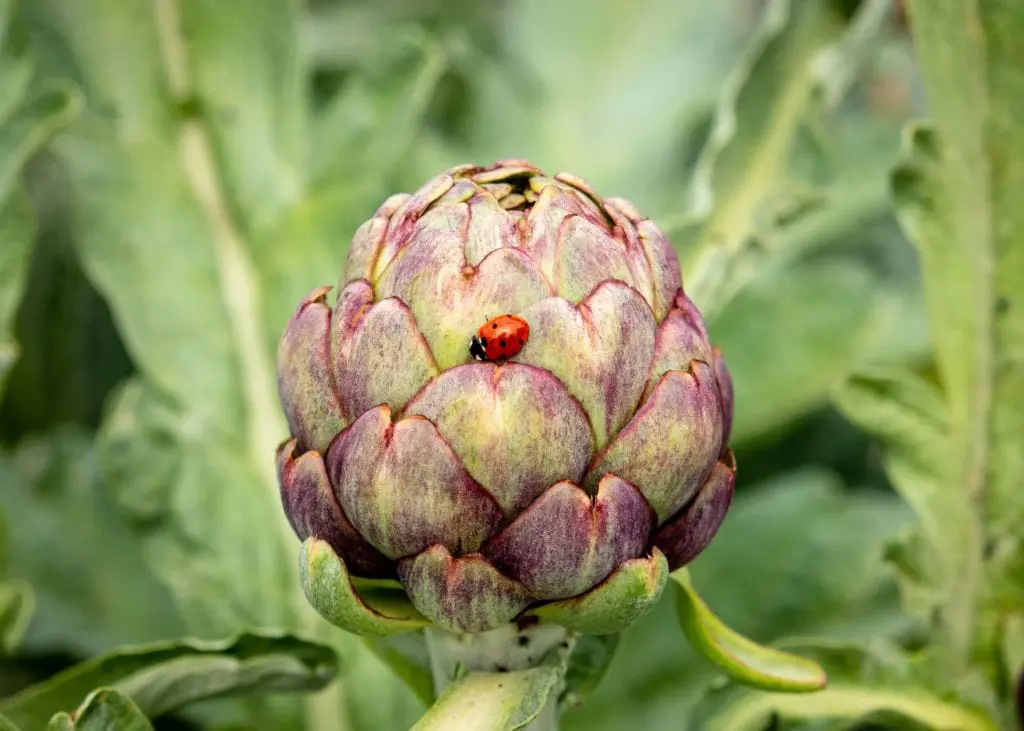
Is your backyard immaculate? With a vibrant green lawn and sturdy shade trees?
If it’s not quite there yet, you’re not alone. Only 7 percent of Americas actually prefer to work on their lawn, according to Consumer Reports.
If you’re one of many homeowners who enjoy a healthy, functional outdoor space but prefer to spend time doing other things rather than creating and maintaining it, don’t worry; your backyard doesn’t have to take a back seat. There are simple, inexpensive ways to revamp your outdoor space and turn it into a functional source of sustenance and even cheap entertainment.
For a cure to the backyard blues, have a look at these fun, affordable and eco-friendly ideas to help you take back your backyard and make it a leaner, meaner and more productive space.
Herbal Remedies

If you’re a green gardener, so to speak, and you prefer the “do-it-for-me,” rather than the “do-it-myself” approach, that’s OK. You can still easily add some pizazz to your outdoor space by growing an herb garden. Plus, this low-maintenance project can also save you some greenbacks in the long run. And who doesn’t love saving some green?
Among the herbs to consider growing are lavender, mint, cilantro, thyme, parsley and sage and rosemary. All are relatively easy to grow and make flavorful additions to your salads, meat, pasta and vegetable dishes.
Thyme and chamomile are generally good ground covers, which you can use to fill in the bare, less-landscaped or drier areas of your yard. Thyme especially thrives in warmer weather, so homeowners in the Sun Belt, take note. Lavender also does well in dry Southern climates.
Veggie Tales

If you or your betrothed have a well-endowed backyard and a sure-handed green thumb, a vegetable or fruit garden may be just the thing to spruce up your outdoor space.
Keep in mind that this endeavor will require some preparation and perhaps even a streak of good luck.
First on your to-do list is research. Just as you wouldn’t plant pansies in the heat of an Arizona summer, there are vegetables better left alone if you don’t live in the correct climate for them.
If your vegetable or fruit garden is to be successful, learn to work with — not against — the climate in which you live. Here are a few regional specialties you don’t need a hardcore green thumb to grow:
- Northeast: tomatoes, cucumber, eggplant, peppers, strawberries, raspberries and rhubarb
- Southeast: squash, okra, sweet potatoes, watermelon and eggplant
- Midwest: corn, cabbage, potatoes, cauliflower and garlic
- Southwest: peppers, banana peppers, edamame, lima beans, tomatillos and green onions
- Northwest: artichokes, peas, lettuce and broccoli
And if you really want to go the extra mile, foster a good relationship with your local beehive. No, we’re not talking about that gossipy grandmother down the street with a hairdo stuck in the ‘60s; we’re talking actual honeybees. They do more than just make honey; they also pollinate your plants. If you have a particularly large garden jam-packed with herbs, fruits and vegetables, it might be worthwhile to nurture an existing beehive or even install a new one. Before you invest in one though, make sure your family, friends and neighbors aren’t allergic to bee stings or opposed to having a beehive next to the house.
Flowers, Veggies, & Herbs, Oh My

Can’t decide between vegetables, herbs or flowers? No problem. Another trend beautifying the world of gardening is potager gardening. These formal gardens combine the best of all worlds; herbs and flowers are planted alongside vegetables to elevate the overall beauty of the garden.
To create a potager garden, you’ll need regionally and seasonally appropriate flowers, along with clearly defined flower beds. Adding flowers to your vegetable garden can help your yard blend in, a necessity if you’re using a side yard as a vegetable garden in a development with a strict HOA. They also add to your visual enjoyment of the garden. Seeing flowers all around you will encourage you to return, time after time, to tend your vegetables and enjoy the (literal) fruits of your labor.
